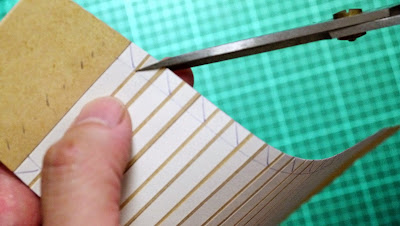From now on, you can shoot with 8x10 or larger camera but no enlarger needed.
- RC-based (resin-coated) positive reversal photographic paper containing the largest amount of silver in the industry that allows to create distinctive half-tones and rich dark tones.
- Very high ISO-speed which corresponds to about 120 film ISO. High speed enables shorter exposures — no more long sitting in front of the camera!
- No need for a negative, you can shoot directly on the paper. Adjusted reversal process. User-friendly.
- Fixed grade: contrast.
- Glossy embossed surface
- Will be available in the following sizes: 4×5″, 5×7″, 8×10″, 11×14″, 16×20″
- Custom sizes may be available: 4×10″, 7×17″, 8×20″, 12×20″, 14×17″, 20×24″ and some rolls of different sizes
- Very dark red light is required due to high speed.

















